 The Wood Pellet Association of Canada (WPAC) Conference offered attendees updates on market and policy updates for the wood pellet sector. Pierre-Jonathan Teasdale, director of Trade and International Affairs Division, Canadian Forest Service (CFS) kicked off the session explaining the role of the CFS and discussing the policy environment for biomass, specifically wood pellets, as it relates to the role of the federal government. …FutureMetrics president Bill Strauss discussed the need to transition out of a carbon-based energy economy, and the role that wood pellets and biomass can play. …Hawkins Wright’s Fiona Matthews discussed global demand trends, trade flows and policy environments …Marta Imarisio, senior reporter at Argus Biomass, presented on the wood pellet market with a focus on the upcoming heating season.
The Wood Pellet Association of Canada (WPAC) Conference offered attendees updates on market and policy updates for the wood pellet sector. Pierre-Jonathan Teasdale, director of Trade and International Affairs Division, Canadian Forest Service (CFS) kicked off the session explaining the role of the CFS and discussing the policy environment for biomass, specifically wood pellets, as it relates to the role of the federal government. …FutureMetrics president Bill Strauss discussed the need to transition out of a carbon-based energy economy, and the role that wood pellets and biomass can play. …Hawkins Wright’s Fiona Matthews discussed global demand trends, trade flows and policy environments …Marta Imarisio, senior reporter at Argus Biomass, presented on the wood pellet market with a focus on the upcoming heating season.
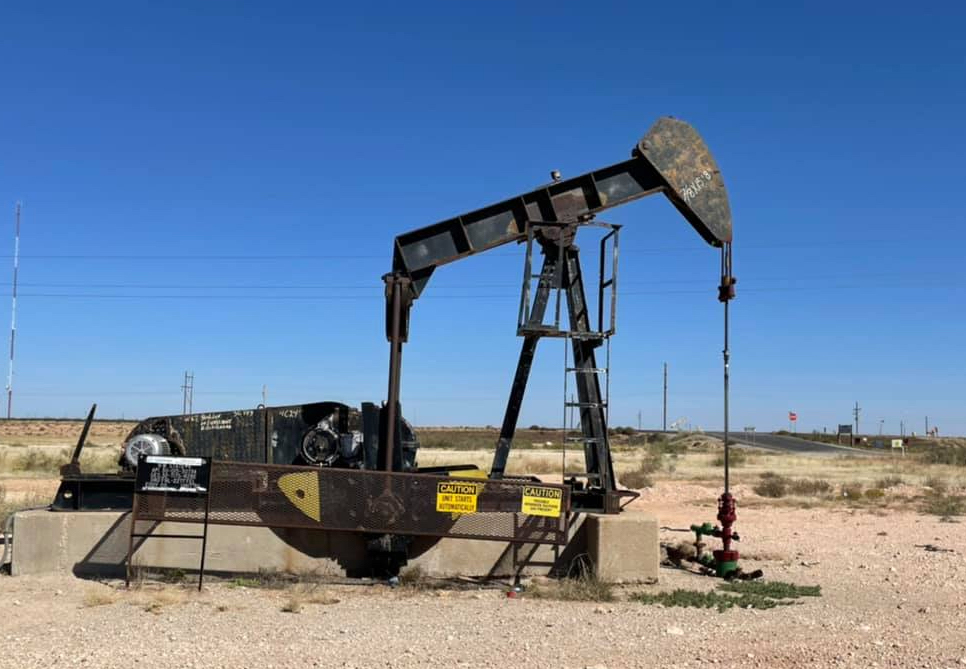 OTTAWA, ON – Canada’s emissions progress flatlined in 2024, according to the latest Early Estimate of National Emissions (EENE) from 440 Megatonnes, a project of the Canadian Climate Institute. With emissions essentially unchanged from 2023, at 694 megatonnes of carbon dioxide-equivalent (Mt), the new data shows that previous years’ improvements have stalled. Further, emissions trends indicate Canada’s 2030 emissions reduction target is now out of reach given weakening policy momentum across the country. That’s despite years of disruptive and costly wildfires, extreme weather and other climate-related disasters that increasingly threaten Canadians’ security and drive up the cost of living. …While some sectors—including electricity and buildings—continued to cut emissions in 2024, progress was modest and more than countered by rising emissions from oil and gas, particularly oil sands production.
OTTAWA, ON – Canada’s emissions progress flatlined in 2024, according to the latest Early Estimate of National Emissions (EENE) from 440 Megatonnes, a project of the Canadian Climate Institute. With emissions essentially unchanged from 2023, at 694 megatonnes of carbon dioxide-equivalent (Mt), the new data shows that previous years’ improvements have stalled. Further, emissions trends indicate Canada’s 2030 emissions reduction target is now out of reach given weakening policy momentum across the country. That’s despite years of disruptive and costly wildfires, extreme weather and other climate-related disasters that increasingly threaten Canadians’ security and drive up the cost of living. …While some sectors—including electricity and buildings—continued to cut emissions in 2024, progress was modest and more than countered by rising emissions from oil and gas, particularly oil sands production.
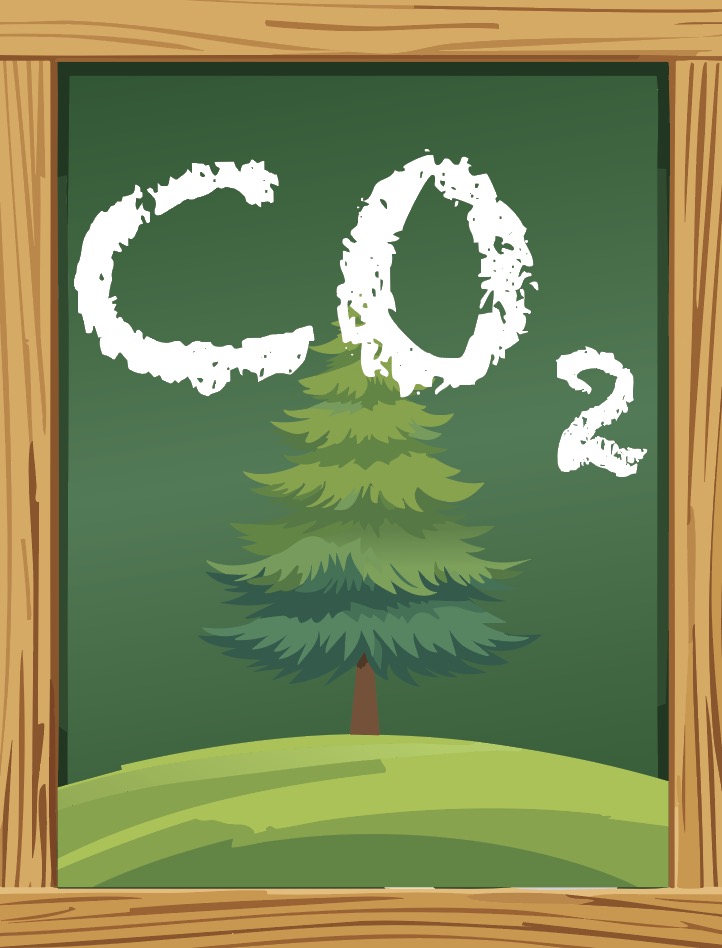 …Sweden, like Canada, sits atop vast boreal forests — part of the same great green belt circling the Northern Hemisphere. These forests act as planetary lungs, storing more carbon than even the Amazon. But the Swedish government’s latest forestry inquiry, En robust skogspolitik för aktivt skogsbruk, is heading in a troubling direction: grow more trees, cut them faster, and burn or export more biomass in the name of “green energy.” It sounds like a climate solution. But here’s the problem: forests are not factories. Most of the carbon in a boreal forest isn’t stored in the trees at all. It’s locked underground — in roots, fungi, humus, and delicate microbial networks built up over thousands of years. When forestry is intensified — shorter harvest cycles, heavier machines, wider clear-cuts — that underground bank of carbon is steadily drained. The trees grow back, yes, but the soil can take centuries to recover, if it recovers at all.
…Sweden, like Canada, sits atop vast boreal forests — part of the same great green belt circling the Northern Hemisphere. These forests act as planetary lungs, storing more carbon than even the Amazon. But the Swedish government’s latest forestry inquiry, En robust skogspolitik för aktivt skogsbruk, is heading in a troubling direction: grow more trees, cut them faster, and burn or export more biomass in the name of “green energy.” It sounds like a climate solution. But here’s the problem: forests are not factories. Most of the carbon in a boreal forest isn’t stored in the trees at all. It’s locked underground — in roots, fungi, humus, and delicate microbial networks built up over thousands of years. When forestry is intensified — shorter harvest cycles, heavier machines, wider clear-cuts — that underground bank of carbon is steadily drained. The trees grow back, yes, but the soil can take centuries to recover, if it recovers at all.

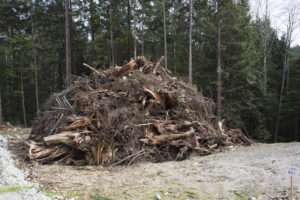 THUNDER BAY — A number of stakeholders, largely from the forestry and energy sectors, got to provide regional input into a series of ongoing cross-province talks about energy policy. The Vaughn and Thunder Bay Chambers of Commerce held a roundtable discussion in the city on Oct. 2. The goal was for regional interests to provide requested input into an issues paper on energy being developed by the Toronto-based business lobby. …In Northwestern Ontario, she said, that includes longstanding sources like hydroelectricity and natural gas, but also continually-emerging opportunities connected to forestry and biomass. “We also talked a lot about the opportunities through the forest sector and biomass and the many things that can be created by harnessing forest products into energy,” Robinson said. “I think the most important thing was talking about how, from a forestry perspective, it really does check all the boxes.”
THUNDER BAY — A number of stakeholders, largely from the forestry and energy sectors, got to provide regional input into a series of ongoing cross-province talks about energy policy. The Vaughn and Thunder Bay Chambers of Commerce held a roundtable discussion in the city on Oct. 2. The goal was for regional interests to provide requested input into an issues paper on energy being developed by the Toronto-based business lobby. …In Northwestern Ontario, she said, that includes longstanding sources like hydroelectricity and natural gas, but also continually-emerging opportunities connected to forestry and biomass. “We also talked a lot about the opportunities through the forest sector and biomass and the many things that can be created by harnessing forest products into energy,” Robinson said. “I think the most important thing was talking about how, from a forestry perspective, it really does check all the boxes.”



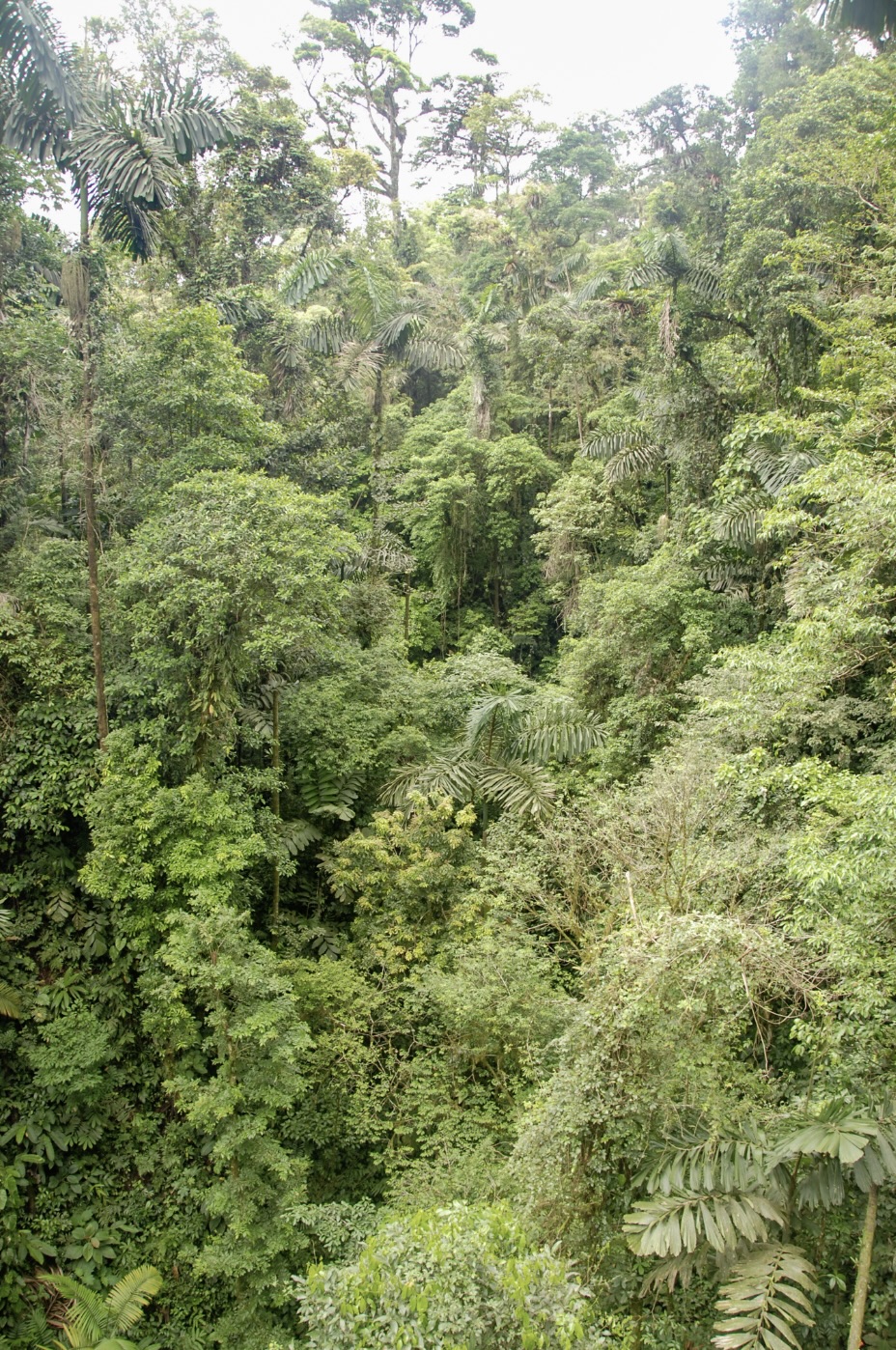 At New York Climate Week, a coalition of 34 national governments unveiled a decisive blueprint called the Forest Finance Roadmap for Action, aimed at closing the substantial funding shortfall undermining global efforts to halt deforestation. The plan, developed in partnership with Brazil and backed by the United Nations Environment Programme (UNEP), targets the estimated $66.8 billion annual finance gap in tropical nations. The roadmap distinguishes itself as the first unified framework to bring together governments from both the Global North and South under a shared agenda for forest finance, according to an announcement made by the Forest & Climate Leaders’ Partnership (FCLP). It seeks to move beyond pledge-making toward deployable, investment-ready strategies aligned with the COP30 Action Agenda and the Glasgow Leaders’ Declaration.
At New York Climate Week, a coalition of 34 national governments unveiled a decisive blueprint called the Forest Finance Roadmap for Action, aimed at closing the substantial funding shortfall undermining global efforts to halt deforestation. The plan, developed in partnership with Brazil and backed by the United Nations Environment Programme (UNEP), targets the estimated $66.8 billion annual finance gap in tropical nations. The roadmap distinguishes itself as the first unified framework to bring together governments from both the Global North and South under a shared agenda for forest finance, according to an announcement made by the Forest & Climate Leaders’ Partnership (FCLP). It seeks to move beyond pledge-making toward deployable, investment-ready strategies aligned with the COP30 Action Agenda and the Glasgow Leaders’ Declaration. WASHINGTON — Evidence that climate change harms public health is “beyond scientific dispute,” the independent National Academy of Sciences said in response to the Trump administration’s efforts to revoke a landmark U.S. government finding to that effect that underpins key environmental regulations. The NAS, a non-governmental nonprofit set up to advise the government on science, said human activity is releasing greenhouse gases that are warming the planet, increasing extreme temperatures and changing the oceans, all dangerous developments for the health and welfare of the United States public. Evidence to that effect has only grown stronger since 2009, the group said. In July, the Trump administration proposed revoking what’s known as the 2009 “endangerment” finding, the concept that climate change is a threat. Overturning it could pave the way for cutting a range of rules that limit pollution from cars, power plants and other sources.
WASHINGTON — Evidence that climate change harms public health is “beyond scientific dispute,” the independent National Academy of Sciences said in response to the Trump administration’s efforts to revoke a landmark U.S. government finding to that effect that underpins key environmental regulations. The NAS, a non-governmental nonprofit set up to advise the government on science, said human activity is releasing greenhouse gases that are warming the planet, increasing extreme temperatures and changing the oceans, all dangerous developments for the health and welfare of the United States public. Evidence to that effect has only grown stronger since 2009, the group said. In July, the Trump administration proposed revoking what’s known as the 2009 “endangerment” finding, the concept that climate change is a threat. Overturning it could pave the way for cutting a range of rules that limit pollution from cars, power plants and other sources.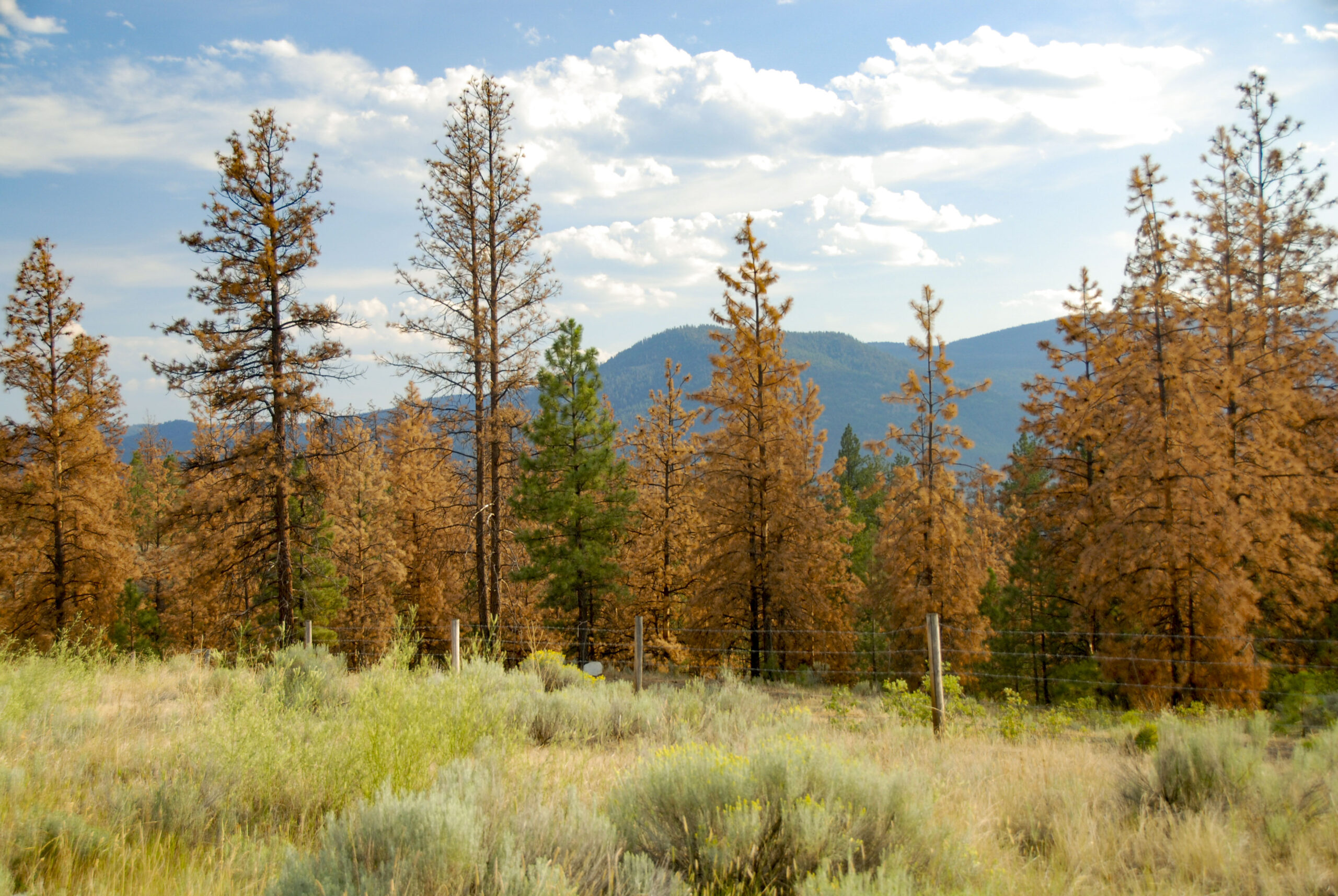 The American Biomass Energy Association and Pellet Fuels Institute are among 400-plus associations, businesses and landowners representing the forest products sector that sent a letter to President Donald Trump on Sept. 8 urging immediate action to stabilize the U.S. forestry sector and its access to markets in the face of mounting mill closures, devastating natural disasters, pests and diseases, and unfair foreign trade practices. “Together, these forces are pushing many landowners to exit forestry altogether,” the groups wrote. “If forests are abandoned or converted, the consequences for our domestic timber supply, as well as markets for housing, infrastructure, consumer products, energy, rural livelihoods, and environmental security, will be severe. …The letter outlines four immediate steps the Trump administration can take to spark job creation and economic growth. This includes promoting the use of biomass for electricity and expanding the definition of qualifying wood biomass under the Renewable Fuel Standard.
The American Biomass Energy Association and Pellet Fuels Institute are among 400-plus associations, businesses and landowners representing the forest products sector that sent a letter to President Donald Trump on Sept. 8 urging immediate action to stabilize the U.S. forestry sector and its access to markets in the face of mounting mill closures, devastating natural disasters, pests and diseases, and unfair foreign trade practices. “Together, these forces are pushing many landowners to exit forestry altogether,” the groups wrote. “If forests are abandoned or converted, the consequences for our domestic timber supply, as well as markets for housing, infrastructure, consumer products, energy, rural livelihoods, and environmental security, will be severe. …The letter outlines four immediate steps the Trump administration can take to spark job creation and economic growth. This includes promoting the use of biomass for electricity and expanding the definition of qualifying wood biomass under the Renewable Fuel Standard. 

 WASHINGTON — The US Supreme Court on Monday declined to hear a high-profile challenge to Washington’s Climate Commitment Act, marking yet another victory for the state’s keystone climate policy. The lawsuit started with the private operator of a natural gas power plant in Grays Harbor County. The plant is required to buy pollution allowances to pay for the many tons of greenhouse gasses it emits into the atmosphere under the 2021 “Cap and Invest” law. The plant’s owner, Chicago-based Invenergy, sued Laura Watson, then-head of Washington’s Department of Ecology, in late 2022, arguing that the state’s carbon market is unconstitutional. The lawsuit claimed that the state law discriminated against privately operated natural gas plants. In 2023, US District Court Judge Benjamin Settle dismissed the case. The company appealed. …The Supreme Court on Monday denied Invenergy’s petition outright. The justices did not publish any written justification for their decision.
WASHINGTON — The US Supreme Court on Monday declined to hear a high-profile challenge to Washington’s Climate Commitment Act, marking yet another victory for the state’s keystone climate policy. The lawsuit started with the private operator of a natural gas power plant in Grays Harbor County. The plant is required to buy pollution allowances to pay for the many tons of greenhouse gasses it emits into the atmosphere under the 2021 “Cap and Invest” law. The plant’s owner, Chicago-based Invenergy, sued Laura Watson, then-head of Washington’s Department of Ecology, in late 2022, arguing that the state’s carbon market is unconstitutional. The lawsuit claimed that the state law discriminated against privately operated natural gas plants. In 2023, US District Court Judge Benjamin Settle dismissed the case. The company appealed. …The Supreme Court on Monday denied Invenergy’s petition outright. The justices did not publish any written justification for their decision.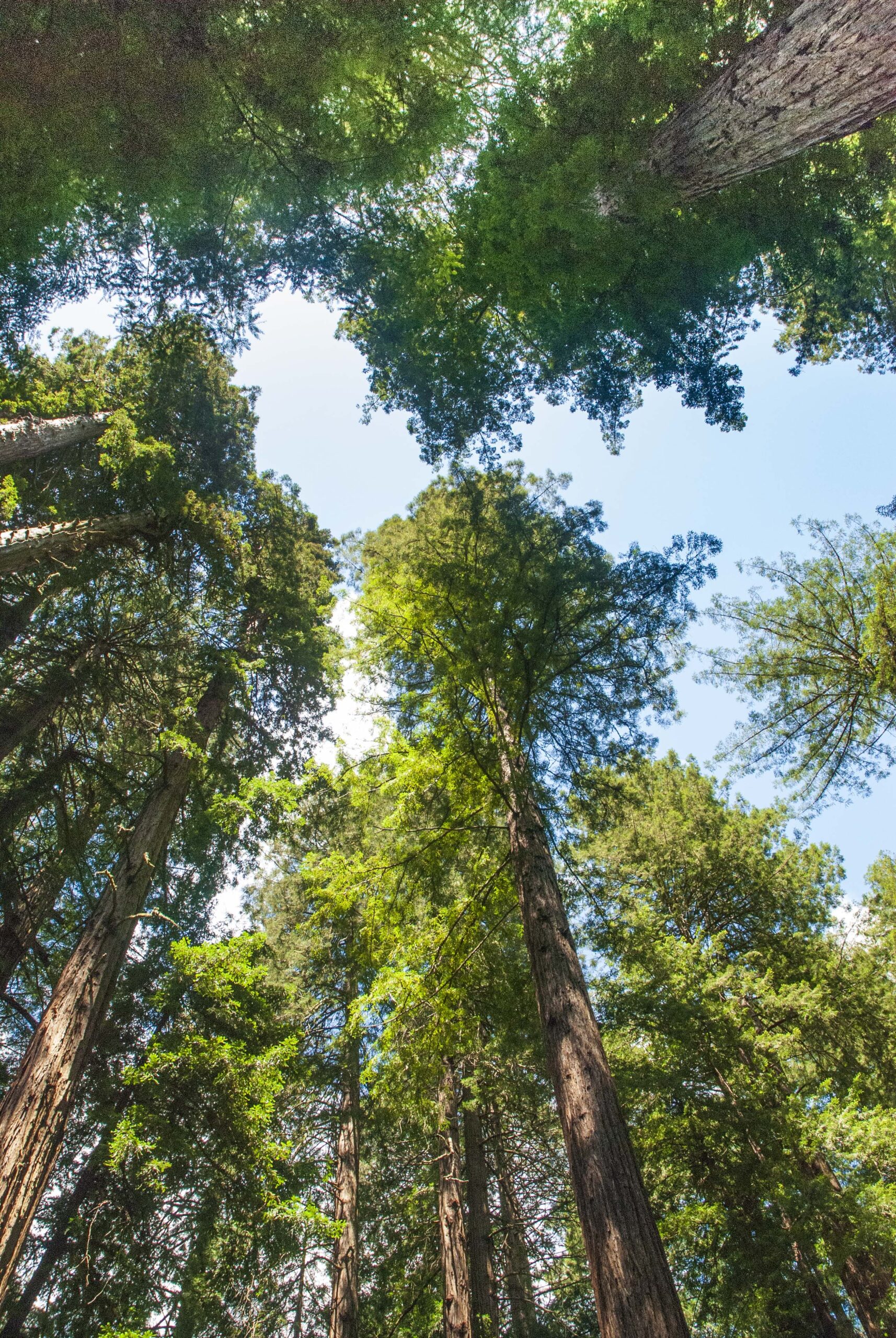 Storing carbon in forests is an essential, nature-based buffer against climate change. Yet forests packed with too many trees increase the threat of severe wildfires… A team of UC Merced and collaborating researchers evaluated the tradeoffs between two seemingly opposing scenarios: Trees are critical because they pull carbon dioxide from the air, preventing carbon from adding to greenhouse effects that trap heat and warm the atmosphere; and the increasing severity and danger of wildfires call for the thinning of overly dense forests. The researchers found that the best approach is a combination of both.
Storing carbon in forests is an essential, nature-based buffer against climate change. Yet forests packed with too many trees increase the threat of severe wildfires… A team of UC Merced and collaborating researchers evaluated the tradeoffs between two seemingly opposing scenarios: Trees are critical because they pull carbon dioxide from the air, preventing carbon from adding to greenhouse effects that trap heat and warm the atmosphere; and the increasing severity and danger of wildfires call for the thinning of overly dense forests. The researchers found that the best approach is a combination of both. 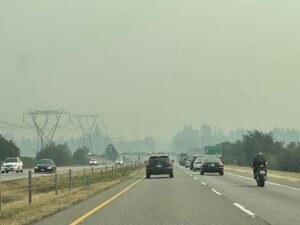 The federal government is attempting to abandon years of climate science and regulation, and officials from Washington state are warning those efforts will drastically slow the country’s ability to cut greenhouse gas emissions. The U.S. Environmental Protection Agency no longer wants to classify greenhouse gas emissions as dangerous and, therefore, something that must be regulated. The agency is now in the middle of a public comment process to reverse its long-standing course. Public officials and climate change experts from across the country are testifying against the federal government’s new direction. Among those in opposition is Joel Creswell, who manages the climate pollution reduction program with Washington state’s Department of Ecology. He said the EPA’s process is built on unscientific research and cherry-picked data. It’s also likely illegal, Creswell said. The federal government is trying to provide the “appearance of a science-based reason” not to regulate greenhouse gases, Creswell said.
The federal government is attempting to abandon years of climate science and regulation, and officials from Washington state are warning those efforts will drastically slow the country’s ability to cut greenhouse gas emissions. The U.S. Environmental Protection Agency no longer wants to classify greenhouse gas emissions as dangerous and, therefore, something that must be regulated. The agency is now in the middle of a public comment process to reverse its long-standing course. Public officials and climate change experts from across the country are testifying against the federal government’s new direction. Among those in opposition is Joel Creswell, who manages the climate pollution reduction program with Washington state’s Department of Ecology. He said the EPA’s process is built on unscientific research and cherry-picked data. It’s also likely illegal, Creswell said. The federal government is trying to provide the “appearance of a science-based reason” not to regulate greenhouse gases, Creswell said.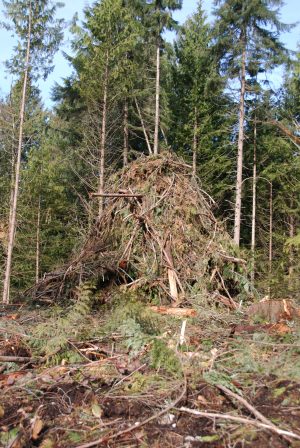 WISCONSIN — Lawmakers from northern and north-central Wisconsin are circulating a bill supporting Johnson Timber Corp. in Hayward to build a processing plant for aviation fuel made from logging debris to establish a processing plant in Wisconsin. The legislation would reward the company with a $60 million tax credit and access to $150 million in borrowing through Wisconsin’s bonding authority. Republican lawmakers wrote in a memo circulated Monday seeking cosponsors that the proposal would create 150 jobs and generate $1.2 billion a year in income after three years of operation. The processing plant in Hayward would be built by Johnson Timber Corp., in partnership with a German company… Synthec Fuels. Wisconsin along with Michigan and Minnesota are all vying for the project, Felzkowski said, “and the state that helps will be the first state” to get the facility and probably the headquarters for the overall processing operation.
WISCONSIN — Lawmakers from northern and north-central Wisconsin are circulating a bill supporting Johnson Timber Corp. in Hayward to build a processing plant for aviation fuel made from logging debris to establish a processing plant in Wisconsin. The legislation would reward the company with a $60 million tax credit and access to $150 million in borrowing through Wisconsin’s bonding authority. Republican lawmakers wrote in a memo circulated Monday seeking cosponsors that the proposal would create 150 jobs and generate $1.2 billion a year in income after three years of operation. The processing plant in Hayward would be built by Johnson Timber Corp., in partnership with a German company… Synthec Fuels. Wisconsin along with Michigan and Minnesota are all vying for the project, Felzkowski said, “and the state that helps will be the first state” to get the facility and probably the headquarters for the overall processing operation.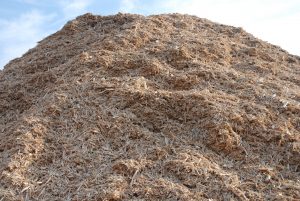


 In 2024, the Amazon Rainforest underwent its most devastating forest fire season in more than two decades. According to a new study by the European Commission’s Joint Research Centre, the fire-driven forest degradation released an estimated 791 million metric tons of carbon dioxide in 2024, a sevenfold increase compared with the previous two years. The carbon emissions from fires in 2024 surpassed those from deforestation for the first time on record. Brazil was the largest contributor, accounting for 61% of these emissions, followed by Bolivia with 32%, the study found. “The escalating fire occurrence, driven by climate change and unsustainable land use, threatens to push the Amazon towards a catastrophic tipping point,” the authors write. …The researchers estimated that the total emissions from deforestation and fire-driven degradation in the Amazon in 2024 was 1,416 million metric tons of CO2. This is higher than Japan’s CO2 emissions in 2022, which ranked fifth after China, the U.S., India and Russia.
In 2024, the Amazon Rainforest underwent its most devastating forest fire season in more than two decades. According to a new study by the European Commission’s Joint Research Centre, the fire-driven forest degradation released an estimated 791 million metric tons of carbon dioxide in 2024, a sevenfold increase compared with the previous two years. The carbon emissions from fires in 2024 surpassed those from deforestation for the first time on record. Brazil was the largest contributor, accounting for 61% of these emissions, followed by Bolivia with 32%, the study found. “The escalating fire occurrence, driven by climate change and unsustainable land use, threatens to push the Amazon towards a catastrophic tipping point,” the authors write. …The researchers estimated that the total emissions from deforestation and fire-driven degradation in the Amazon in 2024 was 1,416 million metric tons of CO2. This is higher than Japan’s CO2 emissions in 2022, which ranked fifth after China, the U.S., India and Russia. The failure of carbon offsets to cut planet-heating pollution is “not due to a few bad apples”, a
The failure of carbon offsets to cut planet-heating pollution is “not due to a few bad apples”, a 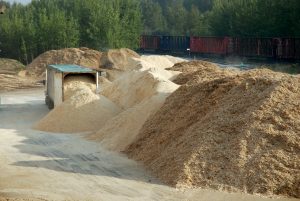 AUSTRALIA — The Federal Government’s National Bioenergy Feedstock Strategy
AUSTRALIA — The Federal Government’s National Bioenergy Feedstock Strategy 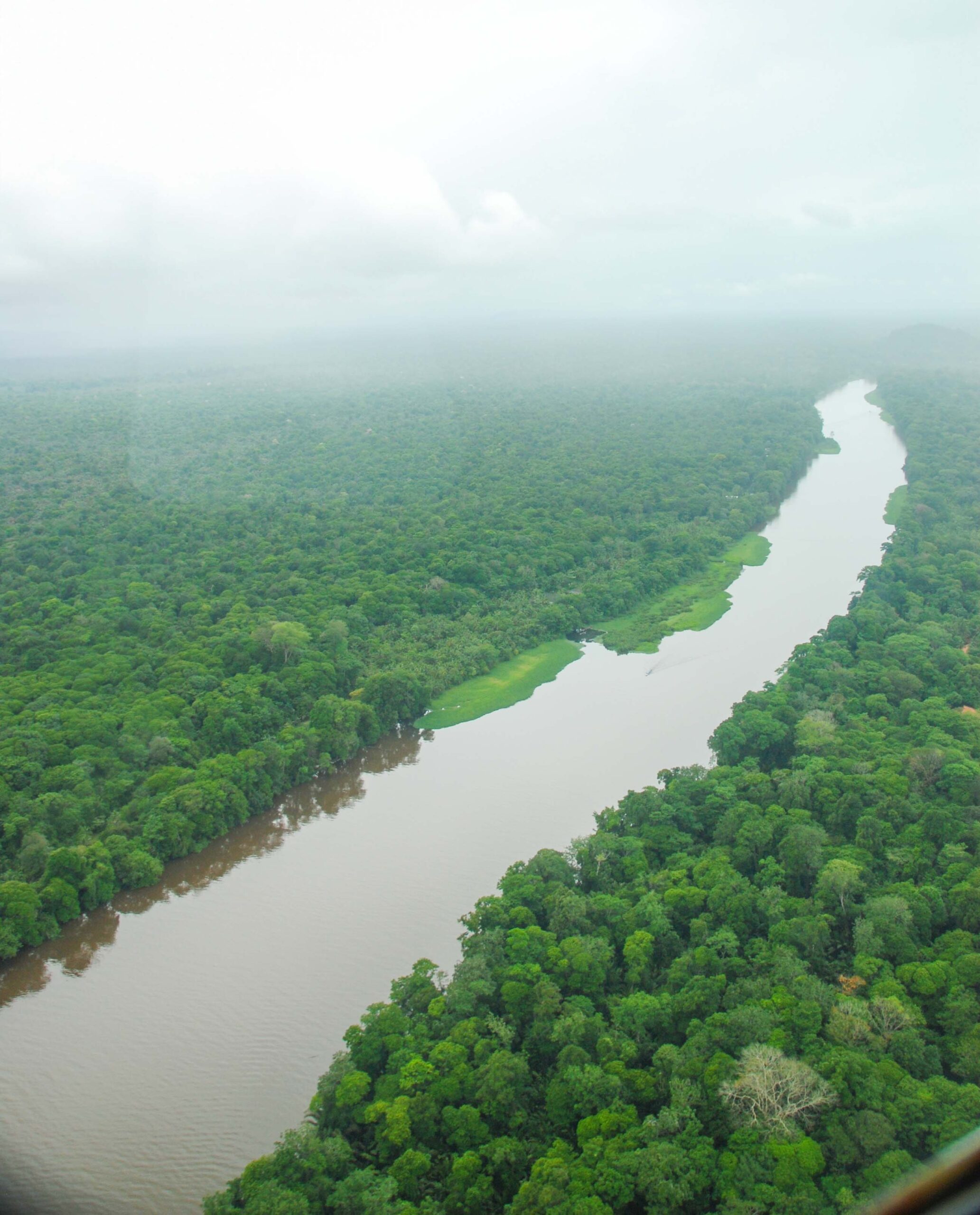 The biggest trees in the Amazon are growing larger and more numerous, according to a new study that shows how an intact rainforest can help draw carbon dioxide out of the atmosphere and sequester it in bark, trunk, branch and root. Scientists said
The biggest trees in the Amazon are growing larger and more numerous, according to a new study that shows how an intact rainforest can help draw carbon dioxide out of the atmosphere and sequester it in bark, trunk, branch and root. Scientists said  EUROPE — Climate change has large economic costs for society. An important effect is the disruption of natural resource supply by climate-mediated disturbances such as wildfires, pest outbreaks and storms. Here we show that disturbance-induced losses for Europe’s timber-based forestry could increase from the current €115 billion to €247 billion under severe climate change. This would diminish the timber value of Europe’s forests by up to 42% and reduce the current gross value added of the forestry sector by up to 15%. Central Europe emerges as a continental hotspot of disturbance costs, with projected future costs of up to €19,885 per hectare. Simultaneous climate-related increases in forest productivity could offset future economic losses from disturbances in Northern and Central Europe but not in Southern Europe. We find high disturbance-related cost of unmitigated warming, highlighting that climate change adaptation in forestry is not only an ecological but also an economic imperative.
EUROPE — Climate change has large economic costs for society. An important effect is the disruption of natural resource supply by climate-mediated disturbances such as wildfires, pest outbreaks and storms. Here we show that disturbance-induced losses for Europe’s timber-based forestry could increase from the current €115 billion to €247 billion under severe climate change. This would diminish the timber value of Europe’s forests by up to 42% and reduce the current gross value added of the forestry sector by up to 15%. Central Europe emerges as a continental hotspot of disturbance costs, with projected future costs of up to €19,885 per hectare. Simultaneous climate-related increases in forest productivity could offset future economic losses from disturbances in Northern and Central Europe but not in Southern Europe. We find high disturbance-related cost of unmitigated warming, highlighting that climate change adaptation in forestry is not only an ecological but also an economic imperative.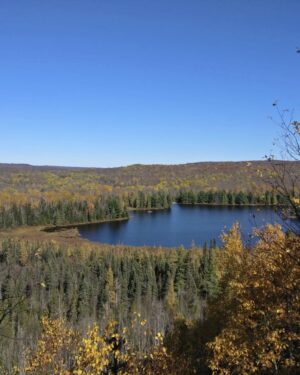

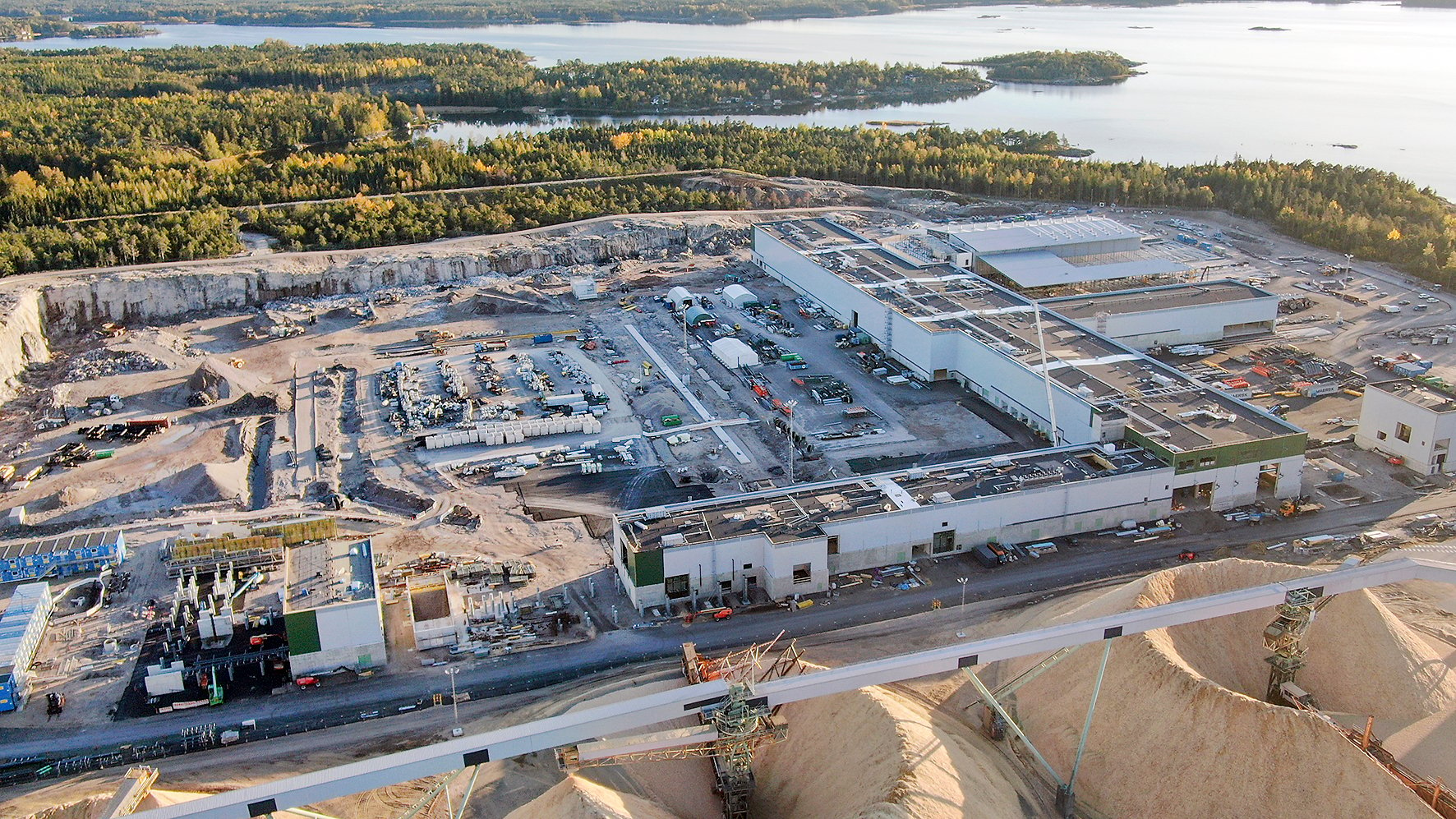
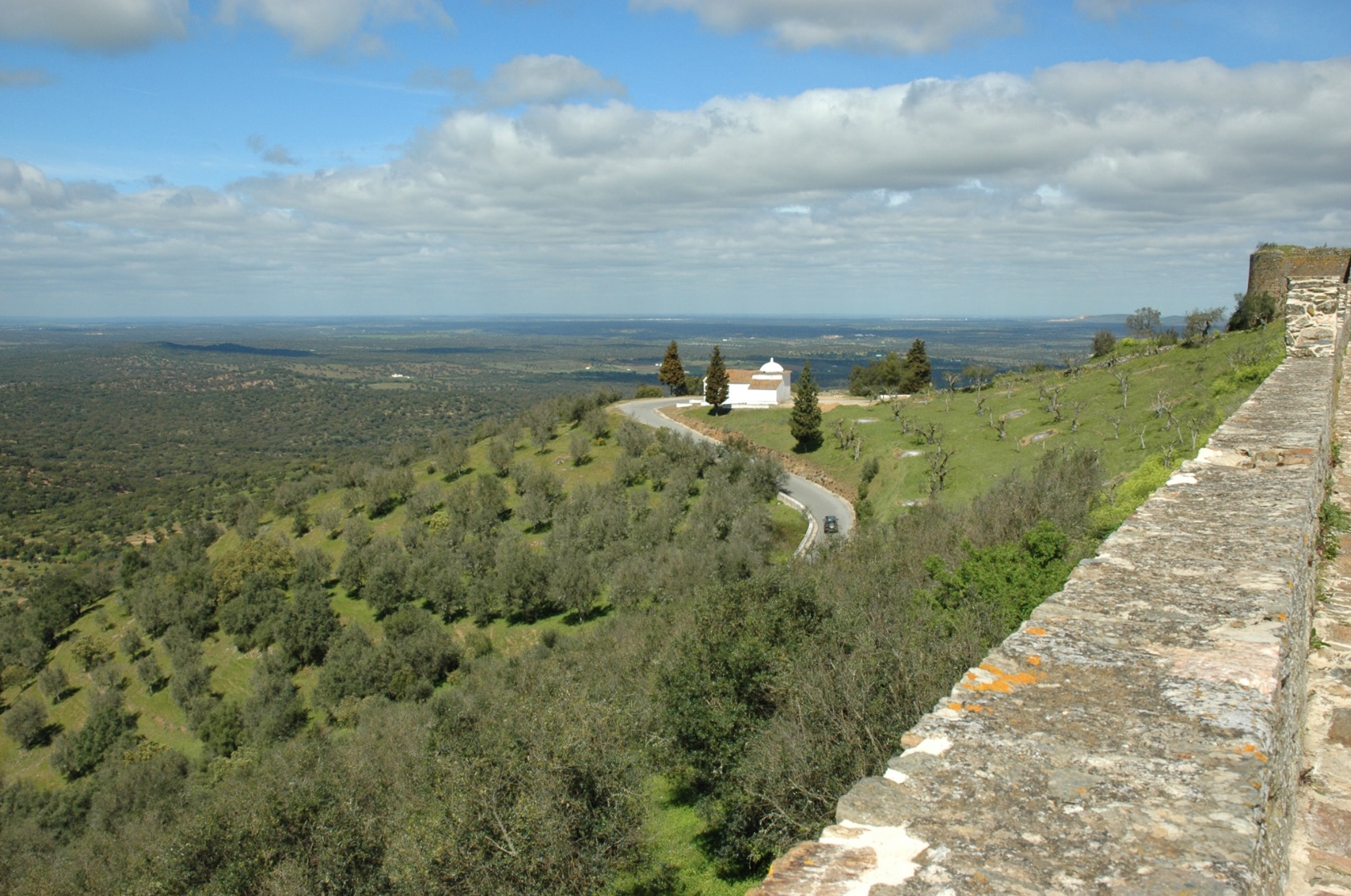 Researchers warn that simultaneous fires across Europe are overwhelming firefighting resources. Climate change made weather that fuelled Portugal and Spain’s deadly wildfires this summer around 40 times more likely, new research has found. Blazes in the Iberian Peninsula broke out at the end of July. Fuelled by temperatures above 40°C and strong winds, the flames spread extremely rapidly. The area burned by these wildfires has now broken records across Spain and Portugal. A new super rapid scientific analysis by World Weather Attribution (WWA) has found that these hot, dry and windy conditions were made more likely and more intense by human-caused climate change. Dr Clair Barnes, researcher for the Centre for Environmental Policy at Imperial College London, warns that the “astonishing” size of these fires is a “sign of what is to come” with hotter, drier, more flammable conditions becoming more severe with climate change.
Researchers warn that simultaneous fires across Europe are overwhelming firefighting resources. Climate change made weather that fuelled Portugal and Spain’s deadly wildfires this summer around 40 times more likely, new research has found. Blazes in the Iberian Peninsula broke out at the end of July. Fuelled by temperatures above 40°C and strong winds, the flames spread extremely rapidly. The area burned by these wildfires has now broken records across Spain and Portugal. A new super rapid scientific analysis by World Weather Attribution (WWA) has found that these hot, dry and windy conditions were made more likely and more intense by human-caused climate change. Dr Clair Barnes, researcher for the Centre for Environmental Policy at Imperial College London, warns that the “astonishing” size of these fires is a “sign of what is to come” with hotter, drier, more flammable conditions becoming more severe with climate change.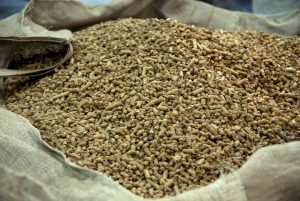 Investors in Drax have a problem. Shares in the company that produces 10% of the UK’s renewable power plunged last week after the Financial Conduct Authority launched a probe into its financial reports. The investigation centres on whether the company had misrepresented the origin of the biomass pellets it burns to create electricity. …But even assuming Drax does what it says it does, it has a second problem. Its business model, reliant on burning imported sustainable biomass to generate power, is inherently controversial. Net zero supporters don’t think Drax is sustainable enough, fearing that forestry companies might classify more wood as rubbish if selling waste pellets became lucrative. …Drax may not be easy to like, but it does make up an important part of the UK energy system. …So far, politicians have walked a line, extending support but cutting its size.
Investors in Drax have a problem. Shares in the company that produces 10% of the UK’s renewable power plunged last week after the Financial Conduct Authority launched a probe into its financial reports. The investigation centres on whether the company had misrepresented the origin of the biomass pellets it burns to create electricity. …But even assuming Drax does what it says it does, it has a second problem. Its business model, reliant on burning imported sustainable biomass to generate power, is inherently controversial. Net zero supporters don’t think Drax is sustainable enough, fearing that forestry companies might classify more wood as rubbish if selling waste pellets became lucrative. …Drax may not be easy to like, but it does make up an important part of the UK energy system. …So far, politicians have walked a line, extending support but cutting its size. 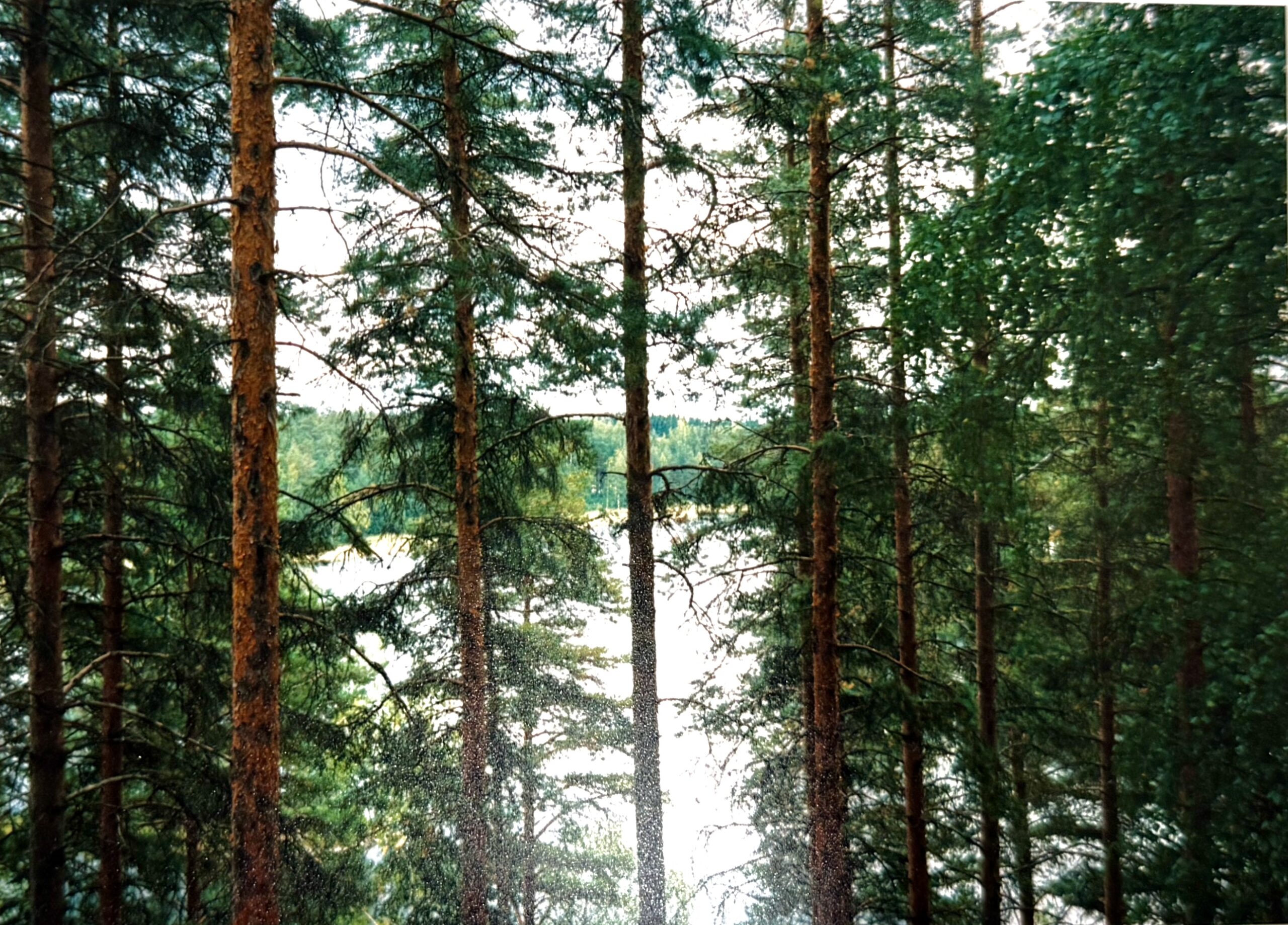 STOCKHOLM — A political fight has erupted in Sweden over whether forest owners should be paid to delay harvesting trees as part of the country’s contribution to the EU’s ambitious carbon removal targets. The EU’s Land Use, Land Use Change and Forestry (LULUCF) regulation requires the bloc to remove 310 million metric tons of CO2 equivalent by 2030. With Sweden holding the EU’s largest forest area, the country is expected to play a central role in meeting that target. In 2022, the government commissioned a parliamentary committee to explore how to incentivize carbon storage. Its proposal: legally binding contracts offering landowners 400 SEK (~$42) per ton of CO2 if they delay felling their trees for 5 to 20 years beyond the minimum harvest age. …The plan has triggered fierce opposition. The Swedish Forest Industries Federation warns that 7,200 jobs are at risk, with smaller sawmills particularly vulnerable. …Supporters, however, argue that paying landowners reflects the forest’s true value.
STOCKHOLM — A political fight has erupted in Sweden over whether forest owners should be paid to delay harvesting trees as part of the country’s contribution to the EU’s ambitious carbon removal targets. The EU’s Land Use, Land Use Change and Forestry (LULUCF) regulation requires the bloc to remove 310 million metric tons of CO2 equivalent by 2030. With Sweden holding the EU’s largest forest area, the country is expected to play a central role in meeting that target. In 2022, the government commissioned a parliamentary committee to explore how to incentivize carbon storage. Its proposal: legally binding contracts offering landowners 400 SEK (~$42) per ton of CO2 if they delay felling their trees for 5 to 20 years beyond the minimum harvest age. …The plan has triggered fierce opposition. The Swedish Forest Industries Federation warns that 7,200 jobs are at risk, with smaller sawmills particularly vulnerable. …Supporters, however, argue that paying landowners reflects the forest’s true value.